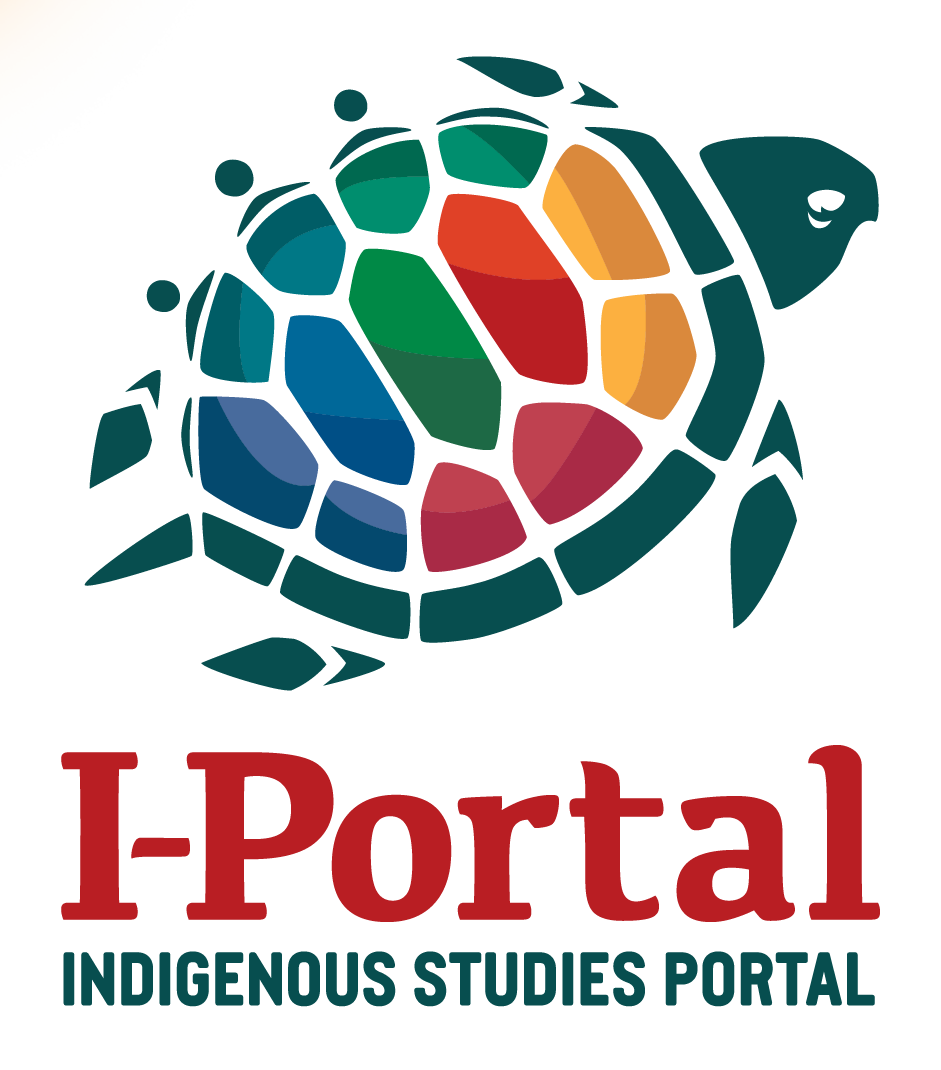Repatriation in Canada: A Guide for Communities
Information for communities about existing Acts and policies which could affect attempts to regain ownership of cultural objects and some options when no such policies exist.

Information for communities about existing Acts and policies which could affect attempts to regain ownership of cultural objects and some options when no such policies exist.
History Thesis (PhD) -- University of Saskatchewan, 2017.
Survey of 844 exiting-year students from across 5 faculties and 20 disciplines was conducted from December 2017 to April 2018 and consisted of both multiple-choice and open-ended questions.
Discusses how the nation managed to achieve a 100% count of known housing units while other nations' populations were undercounted.
For each case provides information about judge, legal context, Canadian Legal Concepts, overview, Indigenous laws and legal orders, evidence considered, treatment and comments.
Topics include: flexible procedures, dispute resolution through dialogue actions, applications for judicial review, and Elder testimony and oral history protocol; concludes with checklist of matters to consider when preparing an Indigenous law case and compilation of practice examples.
4th edition.
Originally published in 2014.
Includes reprints of two speeches given by Louis Riel.
Interdisciplinary Studies Thesis (MA) -- University of Northern British Columbia, 2018.
Looks at pilot process model being used at the University of British Columbia
Discusses the use of Indigenous knowledge and process for research projects.
Third Edition
Social Sciences Thesis (MA) -- Royal Roads University, 2022.
Sociology Thesis (MA) -- University of Calgary, 2018.
Includes recipes for each of the seasons and cooking tips.
Brief summary of some of the interviews from the podcasts.
For use with students viewing videos from the exhibition of the same name.
Introduces students to traditional food knowledge and practices for each of the four seasons and offers practical advice for producing food within the community.
Student guide for art exhibition featuring depictions of animals by Blackfoot artists Ryan Jason Allen Willert and Kalum Teke Dan. Each image is accompanied by a brief description of the animal's territory, habitat, food, and conservation status as well as interesting facts. Includes discussion questions and activities for beginner, intermediate and advanced levels.
Information for Indigenous peoples and artists, as well as non-Indigenous audiences wanting to engage with communities.
Includes background information on Indigenous peoples, discussion of past and present state of the relationship with healthcare institutions, outline of ceremonial practices in the Toronto Central region, and review of legal and policy statements.
Discusses responses gathered from focus groups and interviews conducted with 12 key informants and 29 individuals aged between 61 and 91 years old regarding decision-making about current and future retirement accommodation.
Discusses how Māori conceptualize whānau (family), Māori perspectives on caregiving, roles assumed by carers, impacts on them, and available supports and summarizes results of literature review.
Co-founder of the Piegan Institute discusses his own experience establishing a Blackfoot immersion program and synthesizes information gleaned from conversations with 12 other language activists.
Art History Thesis (MA) -- OCAD University, 2012.
Art History Thesis (MA) -- University of British Columbia, 2014.
Study of 42 (18 men, 24 women) renters in the Hawke’s Bay region of Aotearoa - New Zealand. Findings discuss living costs, landlord relationships, family relationships, and a comparison to home ownership.
Health Sciences Thesis (Phd) -- University of Auckland, 2019.
Law Thesis (PhD) -- University of Otago, 2022.
Psychology Thesis (MSc) -- Massey University, 2020.
Discusses challenges faced by Māori agencies which deliver programs and services to women who have been subjected to intimate partner violence. Based on literature review and interviews with 15 providers from 19 organisations.
Tracks trends from 1990-2015.
Fine Arts Thesis (MA) -- Concordia University, 2022.
Designed for teachers considering or entering into a position in a Cree community in Quebec.
3rd edition. Related Material: E-Reader for the Guidelines Care of Collections from Colonial Contexts.
Includes general background information and discussion of locating ancestral remains and cultural objects to repatriate, interacting with museums, and U.S. customs and regulations.
Communication and Culture Thesis (PhD) -- York University, 2021.
Content arranged around four themes: reflection and learning, leading transformation, inclusive workplaces, and outreach and engagement.
Sociology Thesis (PhD) -- York University, 2023.
Archaeology Thesis (PhD) -- Simon Fraser University, 2022.
Anthropology Thesis (MA) -- University of Denver, 2020.
Planning, Governance, and Globalization Thesis (PhD) -- Virginia Polytechnic Institute, 2018.
Curatorial essay which accompanied exhibition of the same name.
Interdisciplinary Studies Thesis (MA) -- York University, 2016
Examines the use of Indigenous perspectives to teach administrative social work to students.
History Thesis (PhD) -- College of Williams and Mary, 1996.
Looks at the interrelationships between social determinants of health, risk and protection factors and the multi-generational impact of residential school experiences and argues that the Bill will worsen the over-representation of Aboriginal peoples in the correctional facilities. Concludes with nine recommendations which focus on relationships, crime prevention and diversion, and monitoring and evaluation.
History Thesis (MA) -- College of William & Mary, 2008.
Education Thesis (MEd)
History Thesis (PhD) -- College of William & Mary, 1991.
Covers both residential and day schools and includes disaggregated information by administrative region.
Short documentary about a woman's sister who died while completing her high school away from home.
Second Edition
History Thesis (MA) -- Middle Tennessee State University, 2021.
History Thesis (PhD) -- University of Lethbridge, 2022.
English and American Studies Thesis (MA) -- Masarky University, 2022.
An explanation of four logos used throughout this special edition issue.
A summary of the research and findings about Indigenous post secondary graduates from the University of British Columbia.
Episode 2; Episode 3; Episode 4; Episode 5. Study Guide.
Film traces the lives of a residential school survivor and her family from the time she was taken away to the present day.